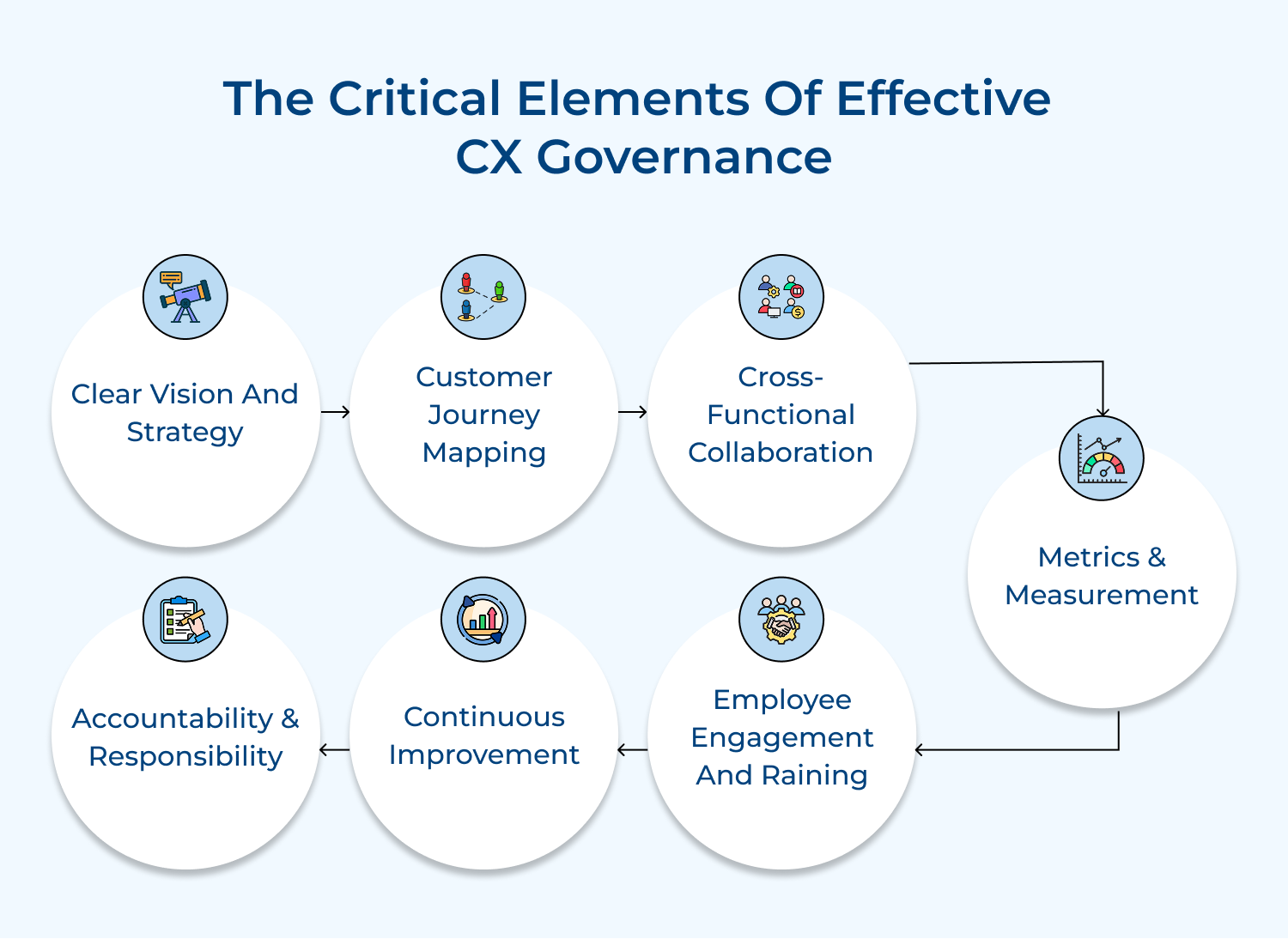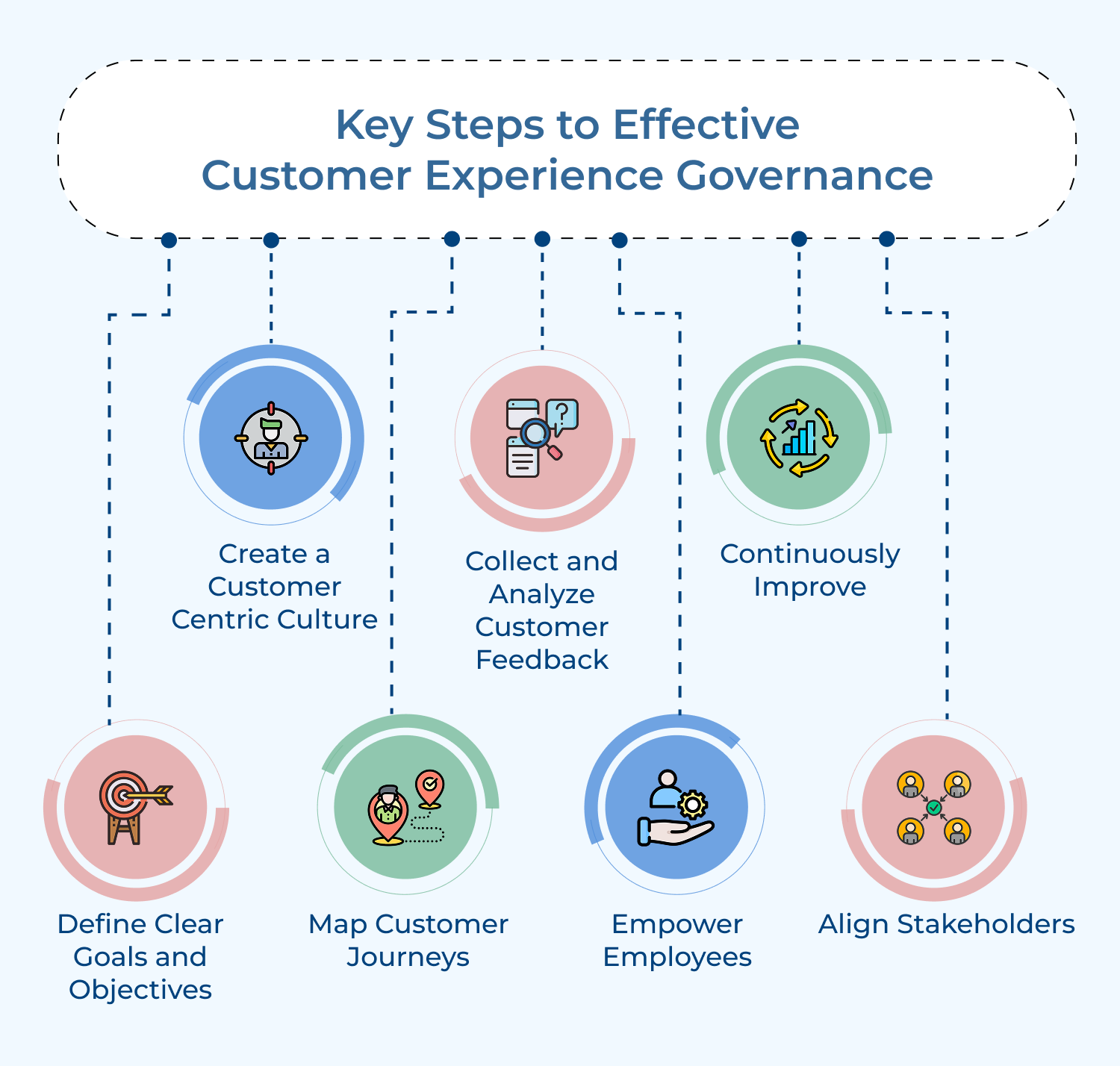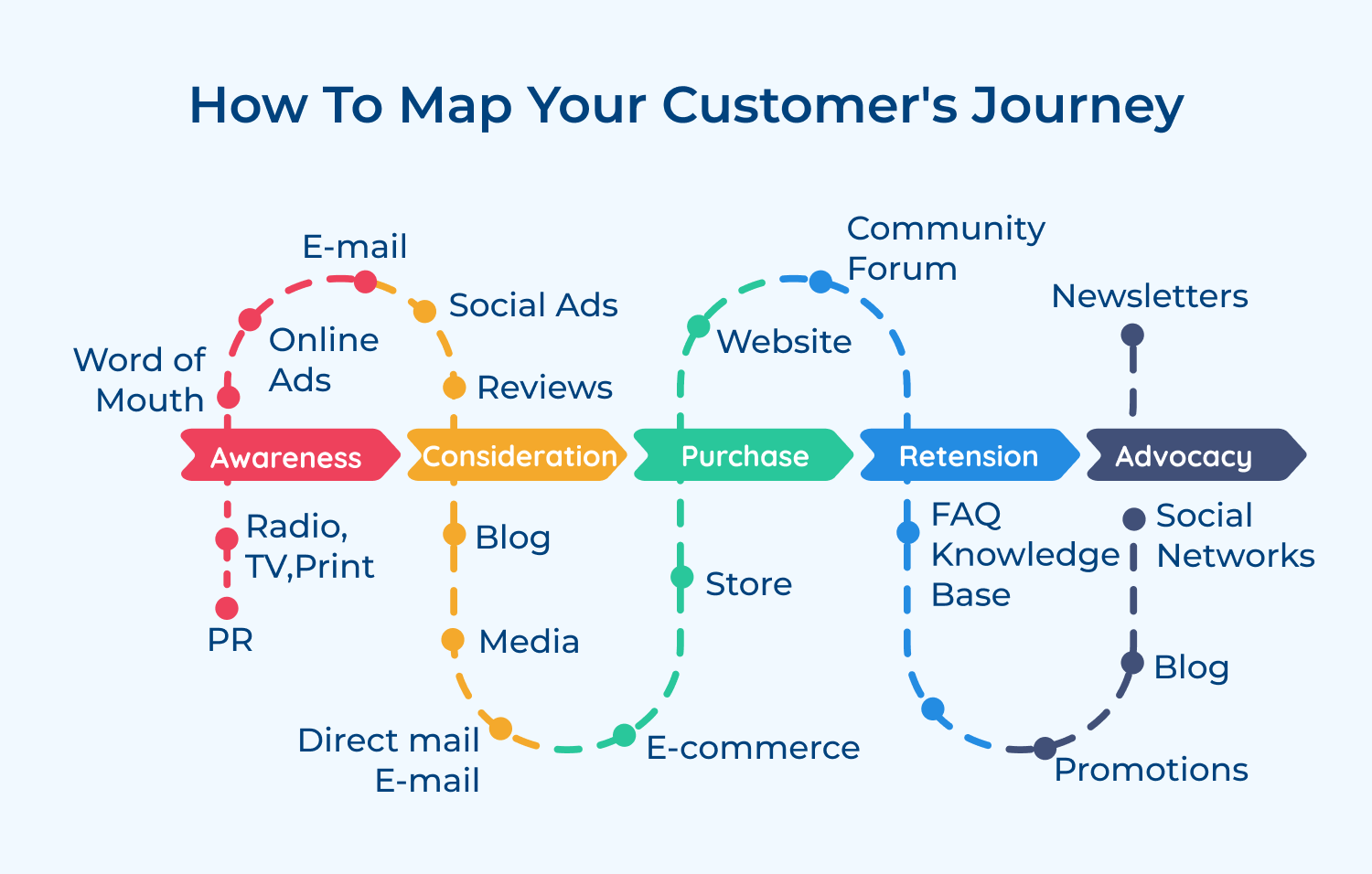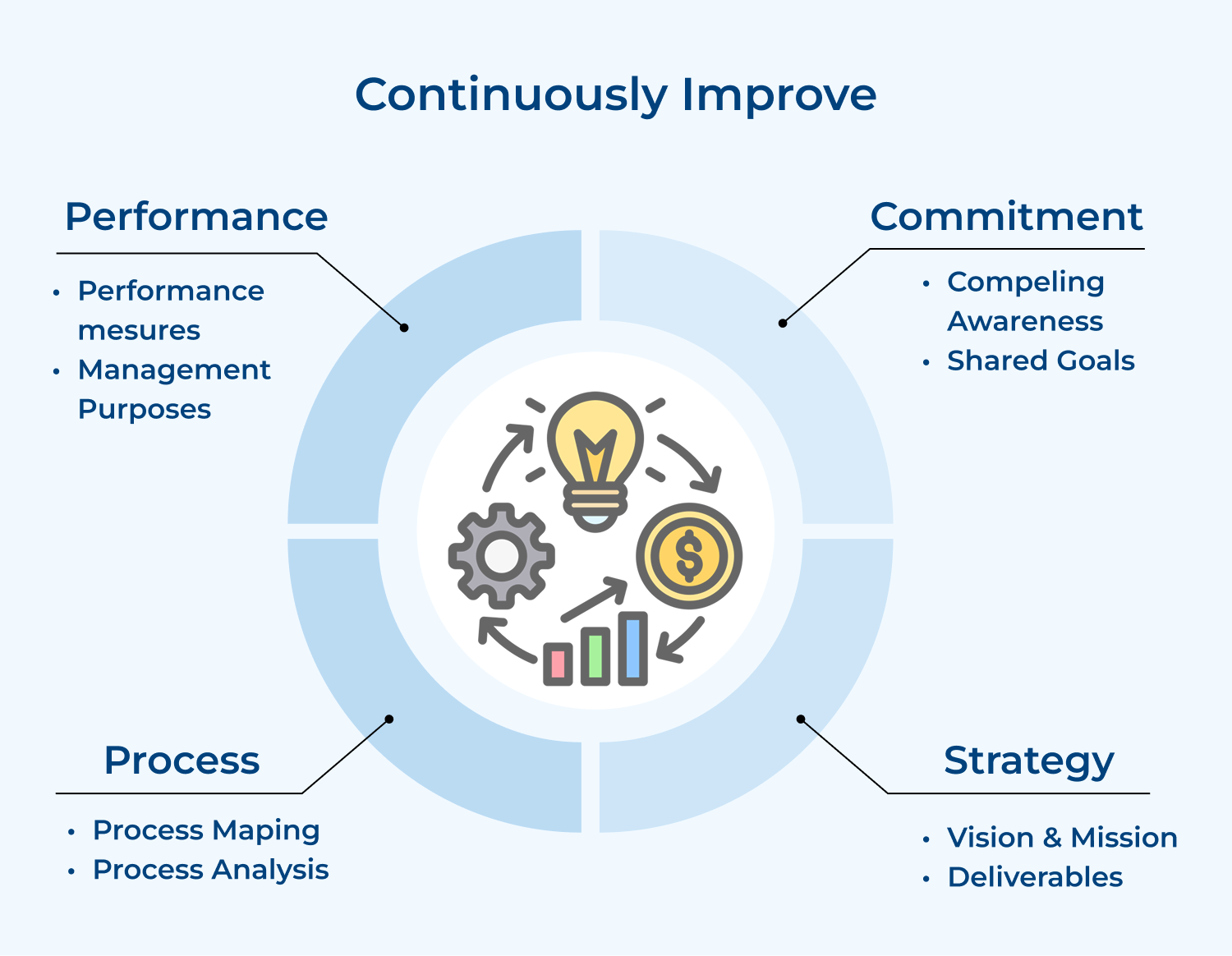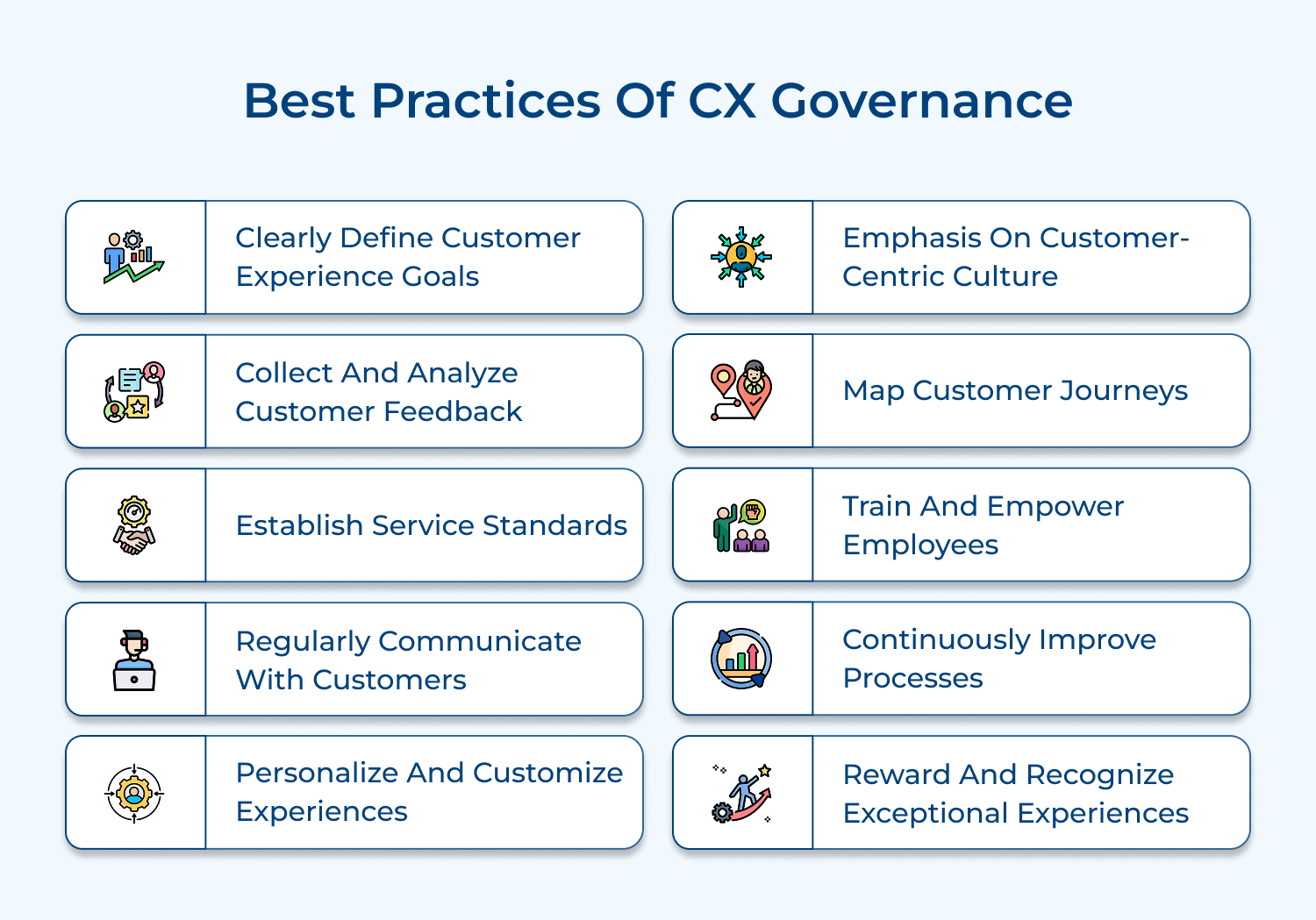Apple
Apple is widely recognized for its exceptional customer experience, from the moment customers step into their stores to the after-sales support they offer. One of the key elements of their customer experience governance is their focus on simplicity and ease of use. Whether it’s their products, packaging, or user interfaces, It ensures that everything is intuitive as well as user-friendly. They also have well-trained and knowledgeable staff that provide personalized assistance to customers, aiming to address their queries or concerns effectively.
Zappos
Zappos, an online shoe and clothing retailer, has built its reputation on providing exceptional customer service. They have implemented a customer-centric culture where employees are empowered to go above and beyond to meet customer needs. It offers free shipping and a generous return policy, making it easy for customers to shop without any worries. They also have a 24/7 customer service department that is readily available to assist customers with any issues or inquiries they may have. Its dedication to creating a seamless and positive customer experience has earned them a loyal customer base.
Amazon
Amazon is known for its customer-centric approach as well as relentless focus on convenience. From their easy-to-use website to their fast and reliable delivery services, It has set the standard for online shopping. They have also prioritized customer feedback and reviews, allowing customers to make informed purchasing decisions. Its customer experience governance is based on data-driven insights as well as continuous improvement, ensuring that they meet and exceed customer expectations.
Starbucks
Starbucks is famous not only for its coffee but also for the exceptional customer experience it provides. They have created a welcoming environment in their stores, where customers can relax and enjoy their beverages. It invests in training their employees to deliver personalized and attentive service, applying their knowledge of customer preferences along with customization options. They also engage with customers through their mobile app, offering rewards and personalized offers based on their purchase history.
Best Practices of Customer Experience Governance
Let’s discuss the ten best practices of customer experience governance that can help businesses thrive in a competitive market.
